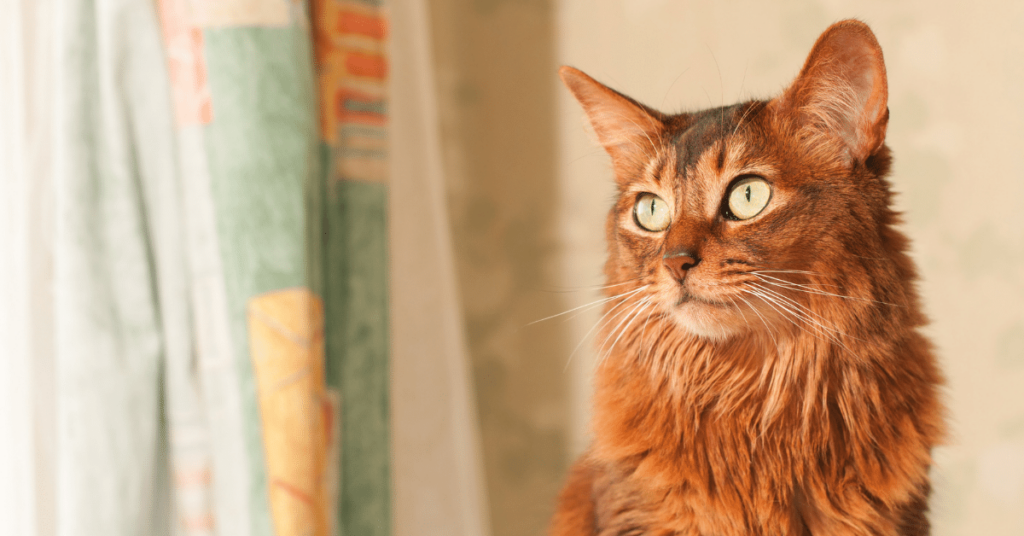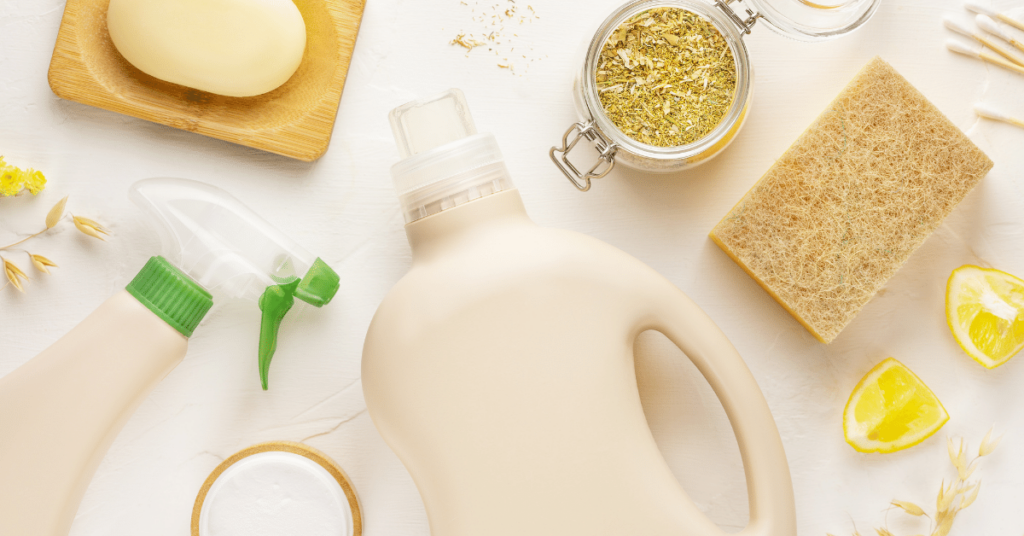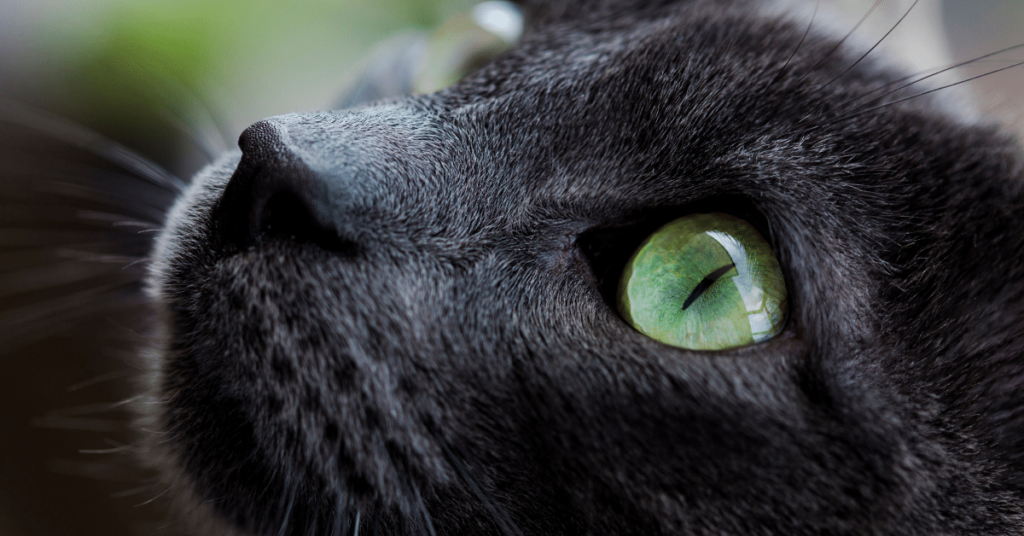Introduction to Somali Cats
If you are a cat lover looking for a breed that combines elegance, playfulness, and intelligence, then Somali cats might just be the perfect choice for you. With their striking appearance and charming personality, Somali cats have been capturing the hearts of cat enthusiasts worldwide. In this guide, we will delve into the history, characteristics, and care tips for these beautiful feline companions.
Origins and History
Somali cats trace their ancestry back to the Abyssinian breed, known for their ticked tabby coat pattern. The Somali breed originated in the 1960s when a spontaneous long-haired gene mutation occurred within the Abyssinian breed. This stunning long-haired variant quickly gained popularity and was officially recognized as a separate breed in the 1970s.
Physical Characteristics
One of the most distinctive features of Somali cats is their luxurious, semi-long fur. Their coat is dense and silky, showcasing a stunning array of warm, reddish-brown colors with dark ticking. The fur is longer around their neck, forming an impressive ruff, and also on the tail, emphasizing its bushy and plume-like appearance. Their almond-shaped eyes are large and expressive, often displaying a beautiful amber or green hue.
Temperament and Personality
Somali cats possess an intelligent and adventurous nature. They are known for their keen curiosity and enjoy exploring their surroundings. These feline companions are highly active and love engaging in playtime, making them a great choice for families with children or other pets. Somali cats are affectionate and form strong bonds with their owners, often seeking attention and participating in daily activities. They are social cats and generally get along well with other pets.
Care and Maintenance
Maintaining the exceptional beauty of the Somali cat’s coat requires regular grooming. Their dense fur can easily become matted, so it is important to brush them at least once a week. Somali cats are fastidious self-groomers and tend to keep themselves clean, reducing the need for frequent baths.
A balanced diet and proper nutrition are essential for the overall health and well-being of Somali cats. Consult with your veterinarian to select high-quality cat food that meets their specific dietary requirements. Regular veterinary check-ups, vaccinations, and preventative care are vital to ensure their health and longevity.
Exercise and Entertainment
To keep a Somali cat happy and healthy, providing them with mental and physical stimulation is crucial. Engage in interactive play sessions with toys that encourage their natural hunting instincts. Puzzle toys and scratching posts also provide mental stimulation and help maintain their physical well-being.
Consider creating a safe and enriching environment for your Somali cat by providing them with vertical spaces to climb and explore. Cat trees, perches, and shelves can be great additions to your home, allowing them to observe their territory from different vantage points.
Conclusion
Somali cats are a captivating breed with their unique appearance, playful personality, and inquisitive nature. Understanding their history, physical characteristics, and care requirements will help you provide the best environment for your Somali companion. If you are looking to add a delightful and charming feline to your family, consider welcoming a Somali cat into your home. Their beauty, intelligence, and loving nature will surely bring joy to your life.







